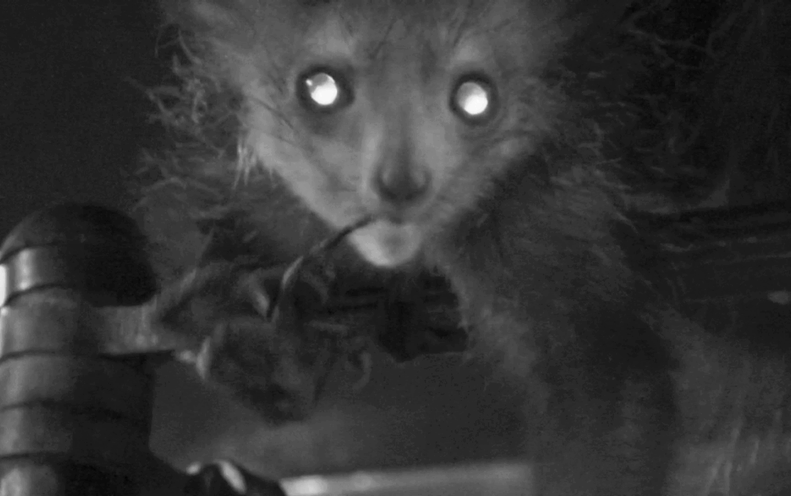A long-fingered lemur has been caught on camera picking its nose—and eating the slimy goods.
The culprit was Kali, an aye-aye (Daubentonia madagascariensis) at the Duke Lemur Center who now has the dubious honor of being the first of her species ever observed nose-picking, researchers say. What makes this all the more impressive is that aye-ayes do it with their bizarrely long middle fingers; when fully inserted in her nose, Kali’s reached all the way into her throat. “I was really impressed,” says Anne-Claire Fabre, an evolutionary biologist at the University of Bern and the curator of mammals at the Natural History Museum Bern. She and her colleagues reported the findings in the Journal of Zoology.
Fabre was studying lemur grasp when she happened to catch Kali “digging for gold.” She and her team subsequently searched in the research literature for other examples of primate nose-pickers and found that at least 12 species are guilty of the habit. Others include chimpanzees, gorillas, capuchin monkeys and, yes, humans. Surveys have found nose-picking to be extremely common in humans, with almost entire samples of teens and adults admitting to the habit privately.
But if there’s a champion nose-picker, it’s got to be the aye-aye. These lemurs’ middle fingers are more than three inches long, and very spindly. Aye-ayes use these weird digits during their nocturnal hunts for bugs, says Adam Hartstone-Rose, a biologist at North Carolina State University who was not involved in the new research. They tap on logs at an astounding seven raps per second, listening with their batlike ears for the sound of voids in the wood—tunnels gnawed by insects. Then they mentally map these tunnels, biting holes at intersections and plunging their creepy middle fingers in to pull out grubs. While fingers in the animal kingdom are almost always made up of hinge joints that bend front and back, the aye-aye’s middle finger joint is a ball-and-socket, allowing it to rotate and turn almost like a human shoulder, Hartstone-Rose says.
Some researchers have speculated that nose-picking might have immune advantages or some other benefit, but no firm science backs that up, Fabre says. Primates, in general, are pickers, though, Hartstone-Rose says. They pull parasites off each other, pick at scabs, put Q-tips in their ears against medical advice, and generally just use their dexterity to groom themselves and others.
“I think the finger evolved to do this amazing fishing behavior” in logs, Hartstone-Rose says, “and just because it has that anatomy and that sensitivity it basically freed it to be able to do this other disgusting thing.”














